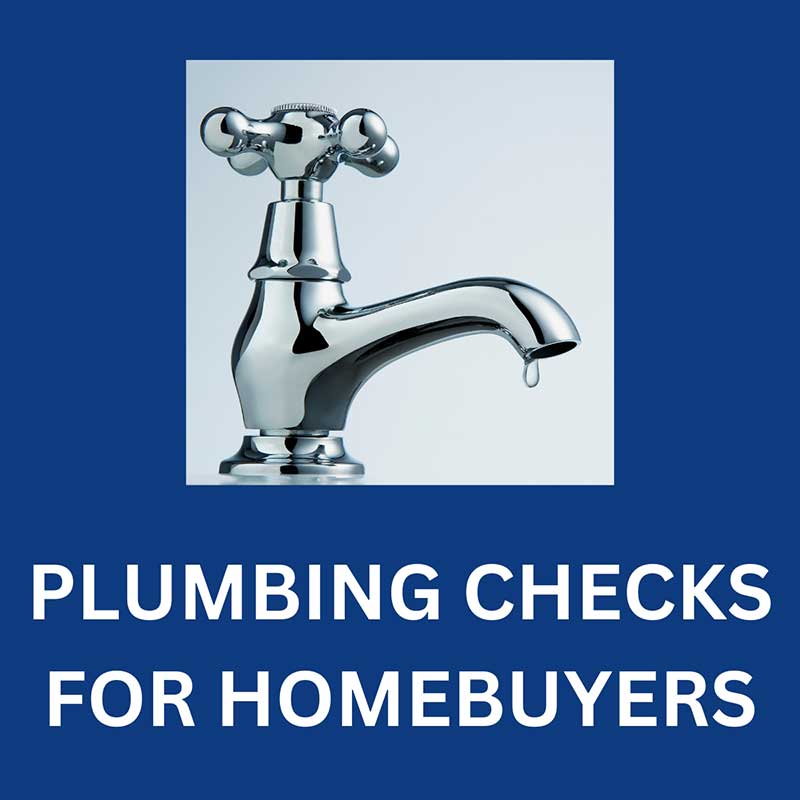
Buying a home is one of the most stressful purchases you’ll ever make with lots of things to take into consideration like selling your current home, getting a mortgage, stamp duty, solicitors etc.
On top of that, you have to find the perfect home for you and your family, and when you do find a suitable home, there are lots of essential checks that need to be undertaken.
A ‘money pit’ is every homebuyers worst nightmare.
Plumbing is often overlooked by homebuyers their minds are usually cluttered with ‘how should we redecorate’ ‘will my furniture fit’ ‘is the house structurally sound’ etc.
Plumbing issues can end up being an expensive headache for homebuyers.
Check the Plumbing when looking at homes. These quick checks will give you a rough idea of the condition of the Plumbing system.
1. Check The Water Pressure
Turn on a tap turn on any showers; you’ll instantly see if the water pressures up to your standard. If not, you may have to invest in a water pump.
2. Check The Shower Temperature
While the showers running, adjust the temperature to check that it’s working properly.
3. Check The Drains
As the waters running from the taps and shower check to see how fast the water’s draining away. Slow draining water indicates a blockage in the drain and will eventually mean some DIY unblocking or hiring a plumber. Check every drain in the home.
4. Check For Drips
Turn off taps and showers and check for drips. Drips indicate worn seals which will need replacing at some point.
5. Check For Leaks
Anywhere there’s water (sinks, baths, showers, toilets, washing machines, dishwashers etc.) look around the floor. Stains, discolouring and out of shape flooring are usually caused by leaks. Leaks can turn into serious issues and should be addressed. You can also check the plumbing underneath sinks for signs of leaks, check every ceiling for staining also.
6. Check The Toilet Flush
Flush every toilet, check the flush is powerful enough and that it fills properly.
7. Check For Mould And Damp
You’ll be able to smell damp, visually inspect all walls for signs of mould. Mould is a health hazard and damaging to decor. Damp issues can be costly to rectify.
8. Check The Radiators
When viewing a home in winter, the heating should be on. Feel every radiator; they should be hot all over. Cold radiators at the top may need bleeding, while radiators that are cold in the middle or bottom could be full of sludge and debris requiring a Powerflush.
9. Check The Boiler
Visually check the boiler for signs of leaks and rust. Ask the homeowner about the age of the boiler and the service history. If the boiler’s over ten years old, you may need to replace it.
10. Always Get A Survey
While these checks will give you a rough idea of a homes Plumbing and Heating condition, you should always get a survey done on any home your serious about buying. A qualified surveyor will uncover any issues and advise on any minor or major repairs that’ll be needed.

Hi, I’m Terry, the founder and owner of TM Hughes & Son Gas Services
Please get in touch to book an appointment or receive a free, no-obligation quote
Call – 01245 830075
Email – info@tmhughesandson.uk
